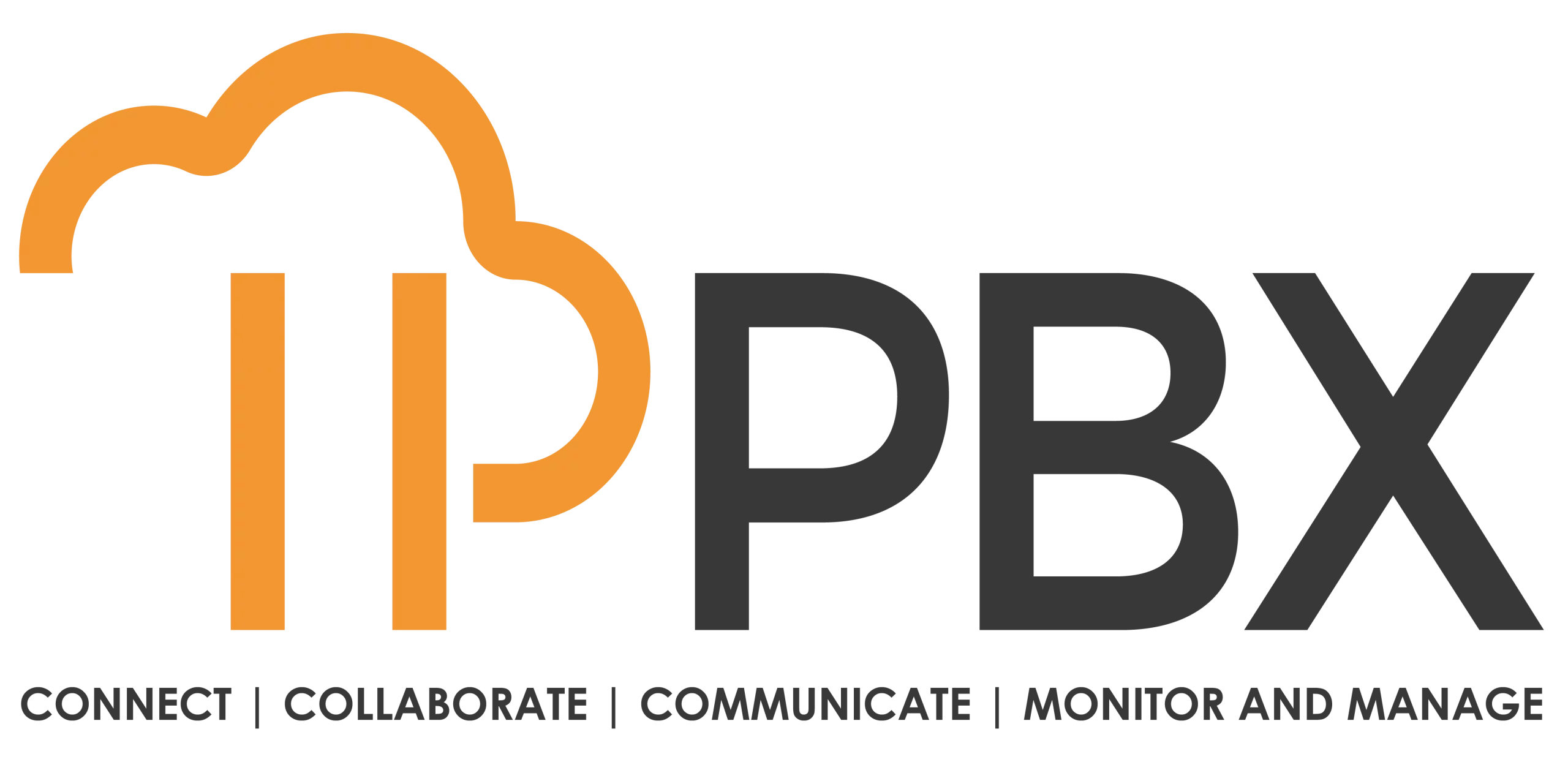As the world continues to embrace digital transformation, the landscape of broadcasting is evolving rapidly. Online radio software has become a cornerstone for broadcasters aiming to connect with audiences in innovative and engaging ways. This article explores the future of broadcasting through the lens of online radio software innovations, highlighting how the best online radio broadcasting software—such as RadioCloud.app—is driving this transformation.
The Rise of Online Radio
The shift from traditional AM/FM radio to online streaming has opened up new avenues for content delivery, audience engagement, and monetization. Today’s listeners seek flexibility and personalization, which online platforms can provide far more effectively than traditional radio. This evolution has led to the emergence of various software solutions designed to meet the changing needs of broadcasters and their audiences.
Key Drivers of Innovation
Several factors are driving innovation in online radio software:
- Consumer Demand for Personalization: Listeners want content tailored to their preferences. This need for personalization is pushing software developers to create tools that allow broadcasters to customize their offerings.
- Advancements in Technology: The rapid pace of technological advancement has led to more sophisticated broadcasting tools that integrate artificial intelligence (AI), machine learning, and big data analytics.
- Changing Advertising Landscape: Advertisers are increasingly looking for tangible results and insights. Software solutions that provide robust analytics and targeting capabilities are becoming essential for successful monetization.
- Global Connectivity: The internet allows broadcasters to reach a global audience, making it imperative for software solutions to support multi-language streaming, geo-targeting, and cross-platform integration.
Innovations Shaping the Future of Broadcasting
1. Enhanced Audience Engagement Tools
The future of broadcasting will heavily rely on audience engagement tools. Modern online radio software is introducing features that facilitate real-time interaction between broadcasters and listeners.
- Live Chat and Polls: These tools allow listeners to participate during live shows, providing immediate feedback and enhancing community engagement. For instance, platforms like RadioCloud.app offer integrated chat functions that foster interaction during broadcasts.
- Voice Messaging: Listeners can leave voice messages that broadcasters can play during live shows, creating a more personal connection. This feature not only enhances listener loyalty but also encourages participation.
2. AI-Powered Content Creation
Artificial intelligence is revolutionizing how content is created and delivered. The best online radio broadcasting software employs AI to streamline programming and enhance content relevance.
- Automated Show Scheduling: AI algorithms can analyze audience data to determine optimal times for broadcasting specific content. This ensures that shows reach the largest possible audience.
- Content Recommendations: AI can suggest content based on listener preferences, helping broadcasters tailor their offerings to meet audience demand.
- Smart Analytics: Advanced analytics powered by AI can provide broadcasters with insights into listener behavior, enabling data-driven decision-making for content creation and marketing strategies.
3. Advanced Monetization Options
Monetization remains a key challenge for many broadcasters. The future of broadcasting software will focus on providing diverse revenue streams through innovative monetization strategies.
- Dynamic Ad Insertion: Software that allows for real-time ad insertion based on audience demographics and listening habits can significantly boost ad revenue. RadioCloud.app, for example, offers tools for targeting specific listener segments with tailored advertisements.
- Subscription Models: More broadcasters are shifting to subscription-based models, offering premium content for a fee. Software solutions that support these models will become increasingly important.
- Merchandising Integration: The ability to sell merchandise directly through the broadcasting platform can provide an additional revenue stream, further enhancing monetization capabilities.
4. Seamless Cross-Platform Integration
As listeners consume content across various platforms and devices, the ability to integrate seamlessly with social media, mobile apps, and smart devices becomes crucial.
- Social Media Integration: Broadcasting software that enables easy sharing of content on platforms like Facebook, Instagram, and TikTok can help increase reach and engagement.
- Smart Device Compatibility: With the rise of smart speakers and home assistants, software that integrates with devices like Amazon Alexa and Google Home will be essential for reaching tech-savvy audiences.
- Mobile Optimization: As more listeners tune in via smartphones, software must be optimized for mobile use, providing a seamless experience across devices.
5. Focus on Community Building
The future of broadcasting will see a shift towards creating a sense of community among listeners. Broadcasting software will play a crucial role in facilitating this.
- Loyalty Programs: Software that allows stations to implement loyalty and rewards programs can incentivize listeners to engage more deeply with the content. Features such as point systems for tuning in or sharing content will help build a dedicated listener base.
- Listener Feedback Mechanisms: Integrating tools for collecting listener feedback—such as surveys and suggestion boxes—will enable broadcasters to adapt their programming in real time and create a more community-focused environment.
6. Enhanced Security and Compliance
As broadcasting moves online, the need for robust security measures becomes paramount. The future of broadcasting software will prioritize:
- Data Protection: Ensuring that listener data is secure will be critical. Software solutions must comply with regulations like GDPR to protect user privacy.
- Secure Payment Systems: For stations offering subscriptions or merchandise, secure payment gateways will be essential to protect financial transactions.
The Role of RadioCloud.app in the Future of Broadcasting
RadioCloud.app is positioned as a leader in the online radio broadcasting space, offering a comprehensive suite of features that cater to the evolving needs of broadcasters. With its focus on innovation and user engagement, RadioCloud.app exemplifies the future of broadcasting software in several ways:
- All-in-One Platform: RadioCloud.app provides a unified solution for streaming, analytics, and monetization, reducing the need for multiple tools.
- Real-Time Analytics: The platform offers detailed insights into listener behavior, allowing broadcasters to make data-driven decisions.
- Interactive Tools: With features like live chat and voice messaging, RadioCloud.app enhances audience engagement, fostering a community around each station.
- Flexible Monetization: The software supports various monetization strategies, ensuring that broadcasters can generate revenue through multiple channels.
For broadcasters looking to embrace the future of online radio, RadioCloud.app offers the best online radio broadcasting software solution. Visit RadioCloud.app to explore its features and see how it can transform your broadcasting experience.
Conclusion
The future of broadcasting is bright, driven by innovations in online radio software. As broadcasters adapt to changing audience expectations and technological advancements, the best online radio broadcasting software solutions will enable them to thrive. From enhanced audience engagement to advanced monetization options, the tools available today are set to redefine how we experience radio. By embracing these innovations, broadcasters can create compelling content, foster community, and ultimately succeed in the digital age.

